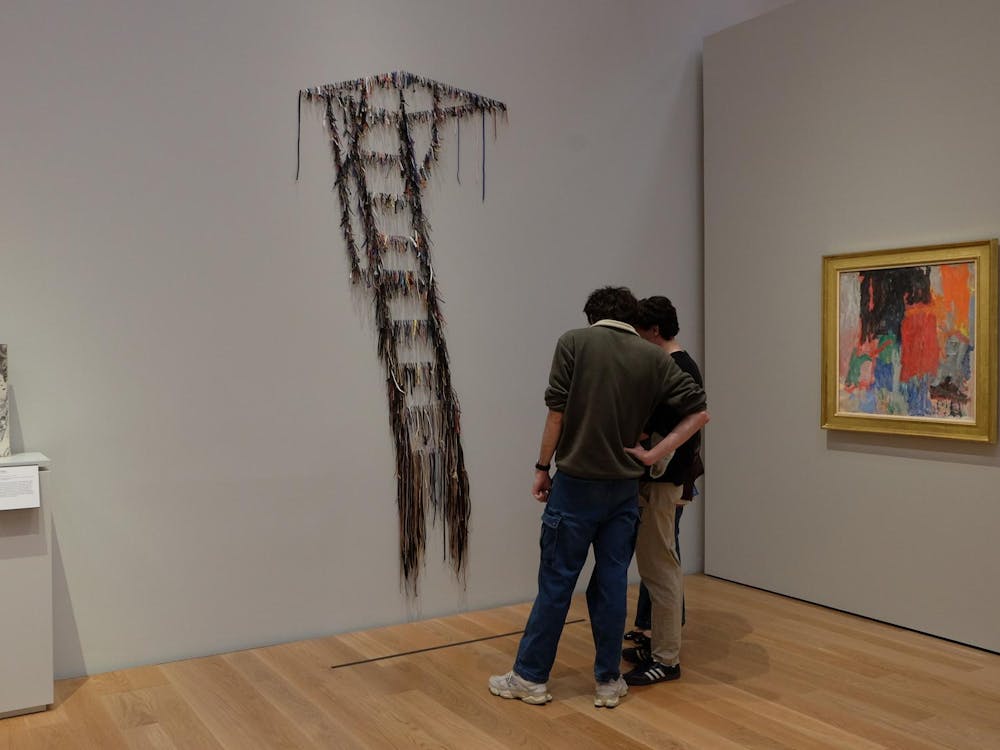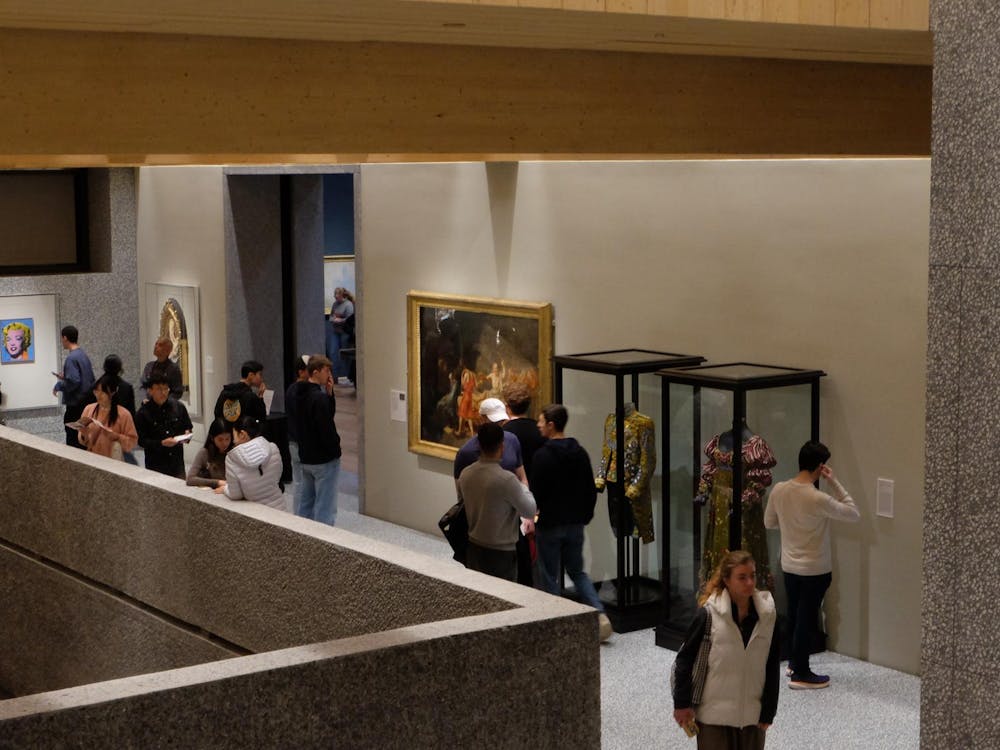On Tuesday, Greg Roberts, UVA’s dean of admission, announced that the school would offer early action admission to students applying next fall, partially reversing the 2006 decision to eliminate early decision admissions. And officials at Harvard said on Friday that they were reviewing the college’s decision to end single-choice early action.
Under early decision admission programs, college applicants apply to one school on an early schedule and agree to enroll if admitted. Princeton and UVA ended their use of this system after the 2006-07 admission cycle, during which members of the Class of 2011 were admitted.
Early action allows students to apply for early admission to multiple universities but does not bind them to attend any particular school. Some schools, such as Yale, offer single-choice early action, which dictates that students apply to only one university early but does not bind them to accept an offer of admission.
Roberts explained on UVA’s admissions blog that since early action is a non-binding program, students can receive early action acceptance from multiple universities and do not have to make a final decision about UVA until May 1. Critics of the erstwhile early decision program had argued that it forced a premature decision onto applicants and their families.
William Fitzsimmons, dean of admissions and financial aid at Harvard, told The Harvard Crimson that the school was “in the midst of a major study” concerning early decision.
Harvard ended its single-choice early action program in September 2006 amid concerns that the program gave wealthy students an unfair advantage. Affluent students and students from high schools with better college counseling resources were more likely to apply under early admission programs, admission officials argued at the time.
After Harvard’s decision, UVA and Princeton quickly followed suit. The three schools then went on an 18-city recruiting tour explaining their policies. Officials from each institution said that they hoped that other prominent colleges and universities would also drop early acceptance programs, but none did.
Some universities have been reluctant to eliminate early admissions because admitting students early can boost an institution’s yield rate, which measures the proportion of students who matriculate upon an offer of admission.
Since eliminating early decision, Princeton’s yield has sharply decreased. The University’s two most recent yield rates are 56.9 percent and 58.3 percent, down from the 69.2 percent and 68 percent it garnered for the classes of 2010 and 2011, respectively, the last two years to have the early decision option.
Roberts wrote that UVA “explored many early admission options” and decided that a non-binding early action plan would be “the most flexible and helpful to students and families.”
Roberts told The Crimson that ending early decision increased diversity at UVA but said that because early action is non-binding, it should not discourage a diverse set of students from applying.
Several universities have instituted variations on early action. Georgetown, for example, has an early action program that allows students to apply to other schools early action but not early decision.








